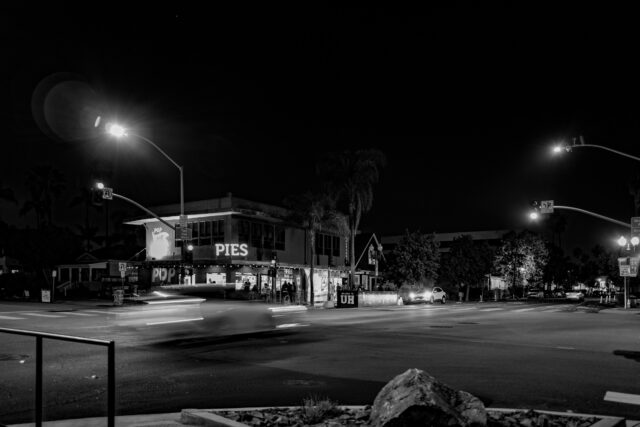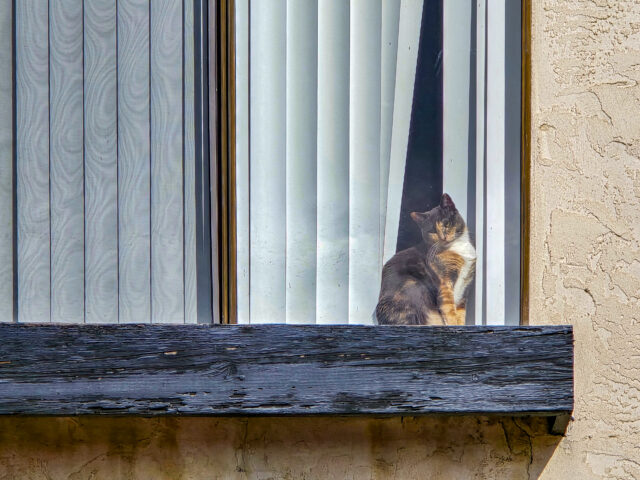Seven years ago today, I shot the Featured Image, using Leica Q. Bruce, who shared residence with Guido and Little, waited for his owner. The previous week, I got a glimpse of the woman walking her dog (Dakota), and the short-legged kitty ambling along with them. What a wonderful sight, and I had to know more. Scouting about led me to one of the neighborhood’s handsomest—and most beloved—cats.
A few years later, over the Christmas holidays, Dakota passed away, That put an end to the dog-cat walks, until some months later when Bruce’s owner—now one of our favorite neighbors—rescued the amicable Apple. In some dictionary somewhere, sweetness is defined by a description of that dog. Sigh. She suddenly passed away last week, as was explained yesterday. Bruce is gone, too; he vanished over Memorial Day weekend 2023.











